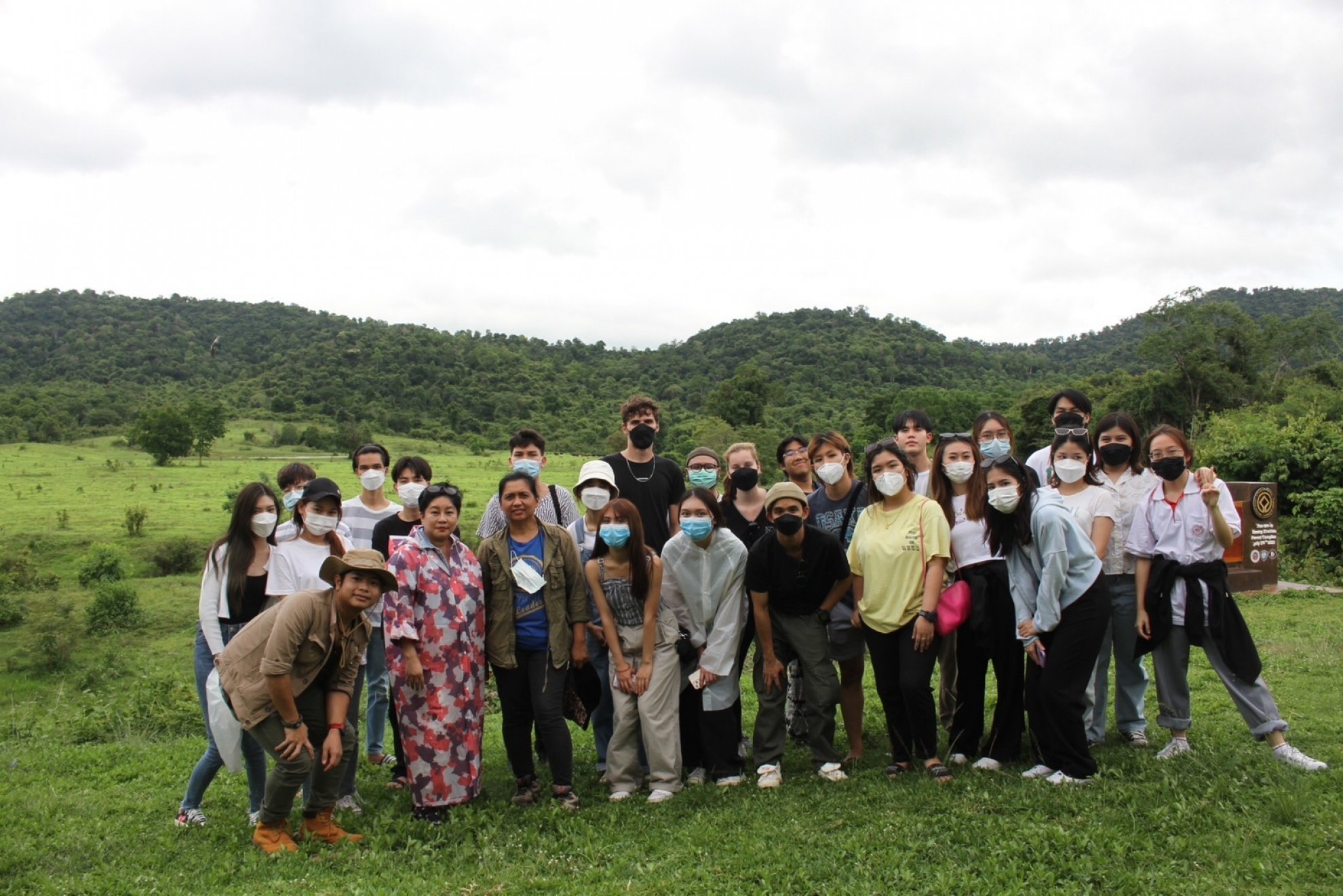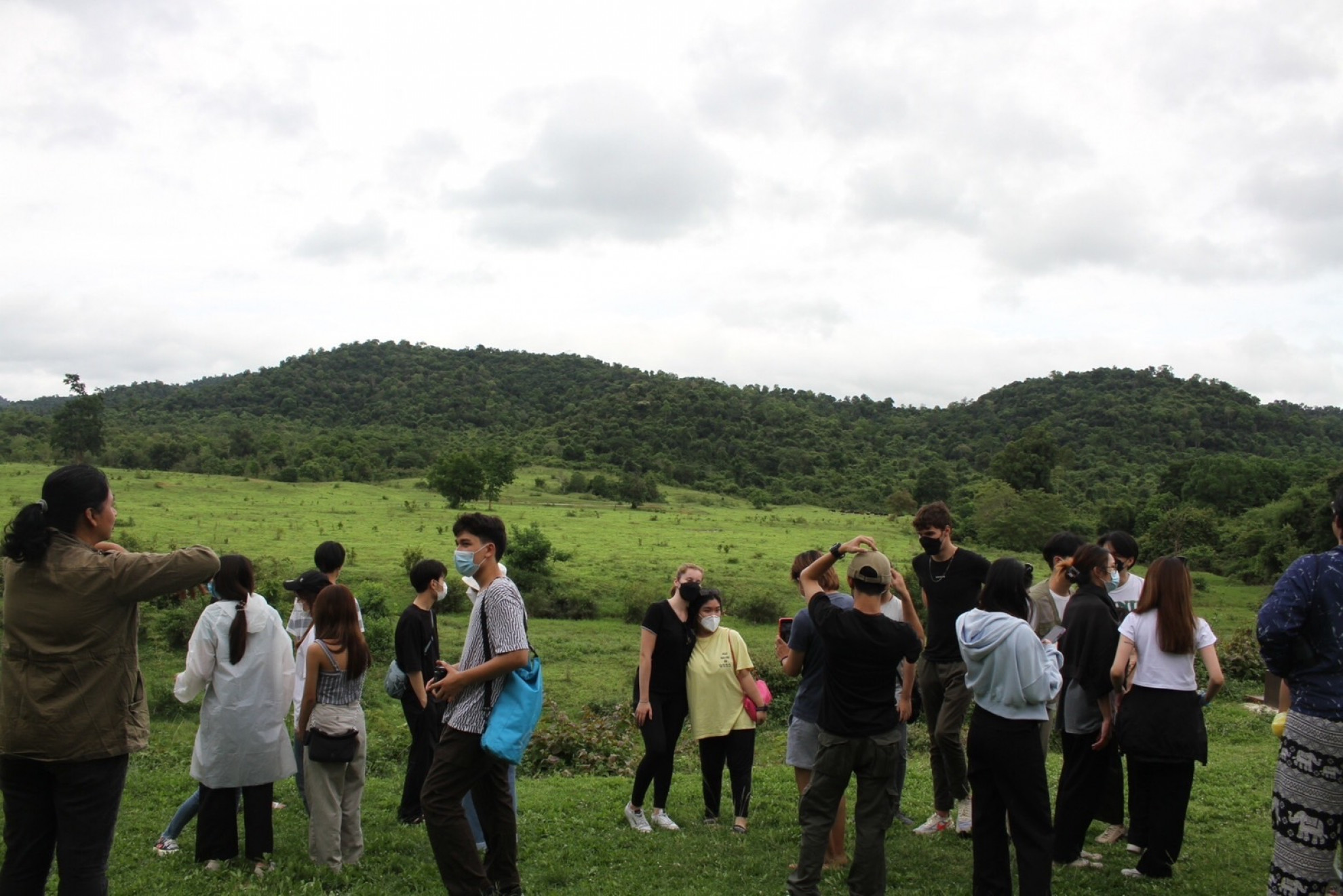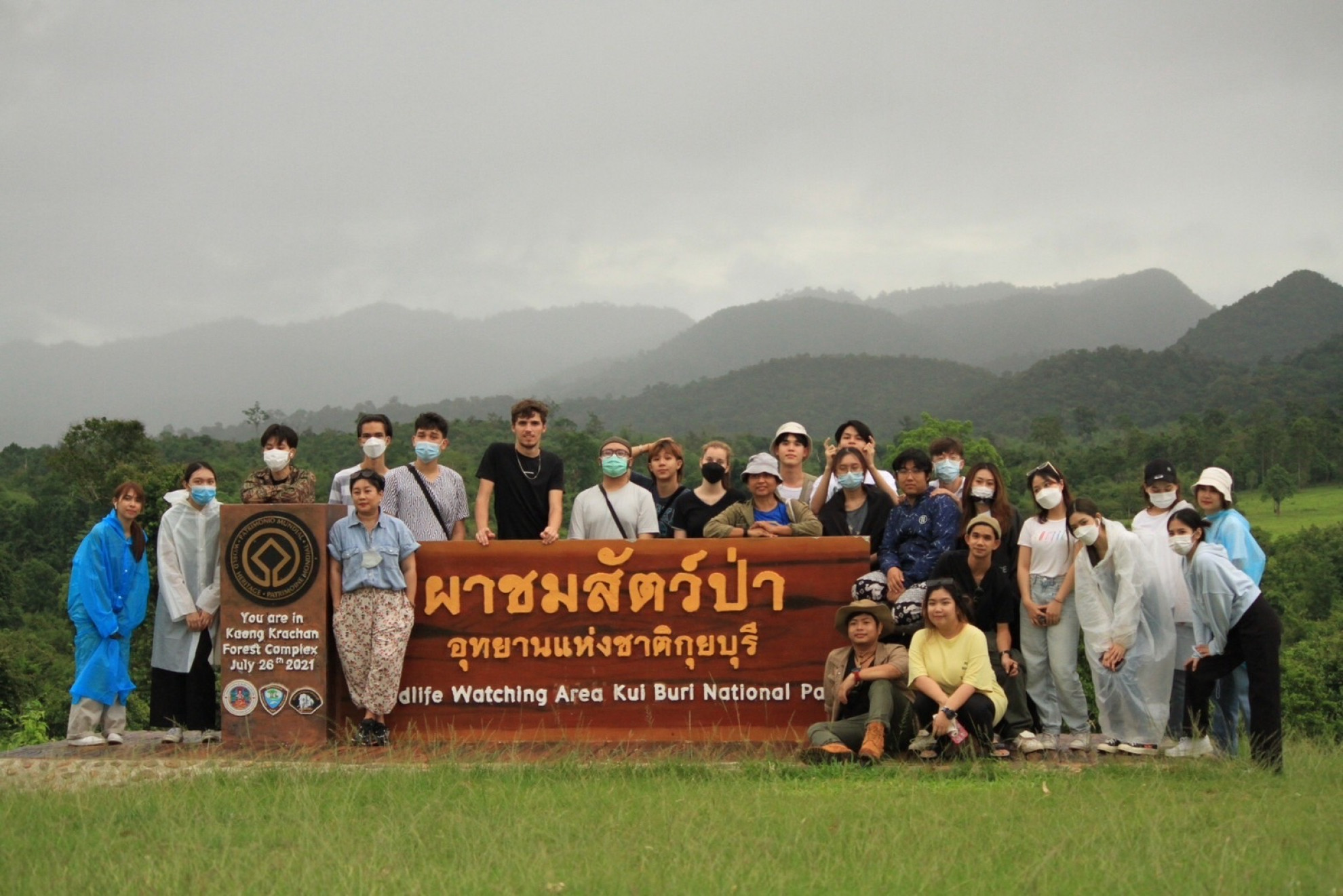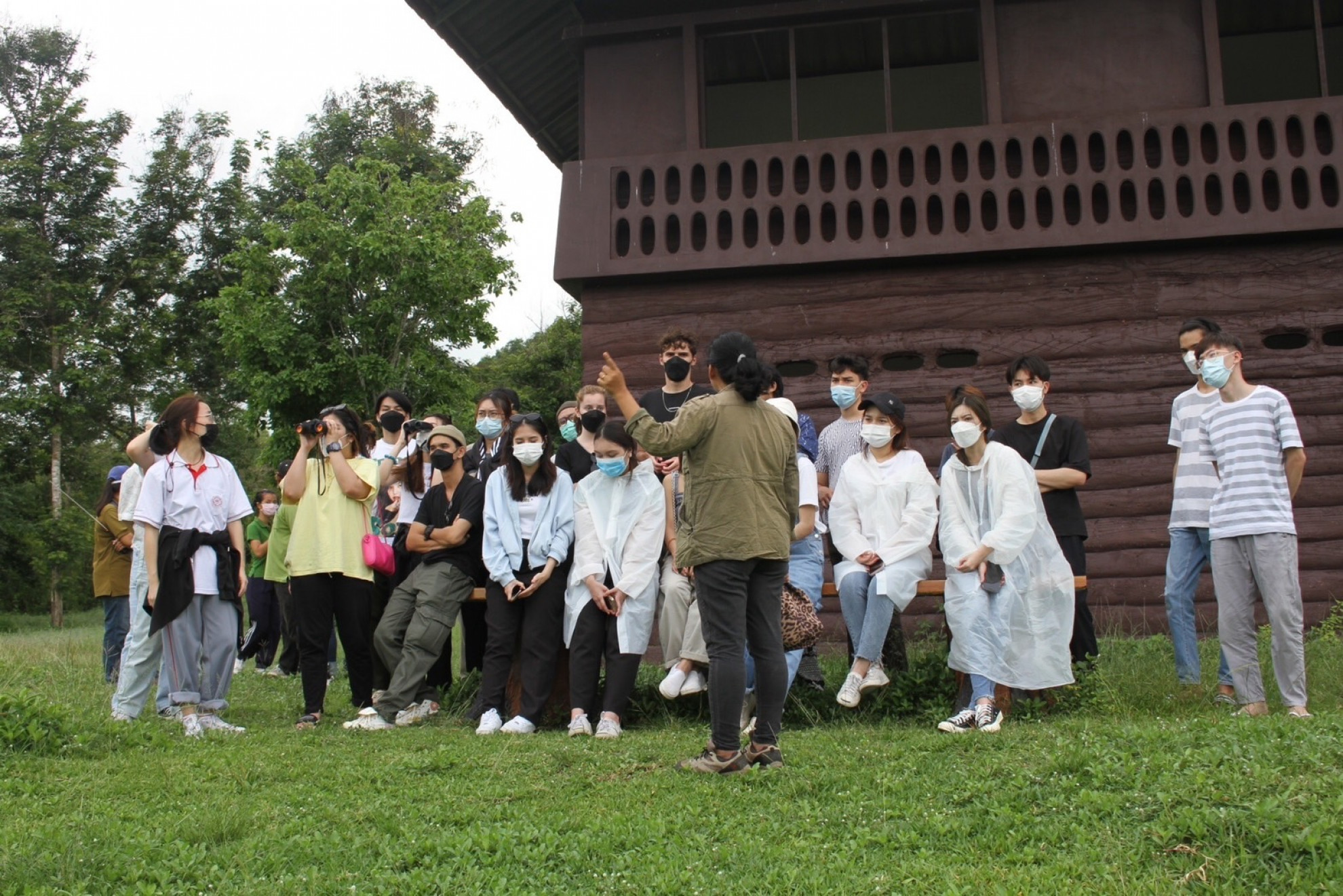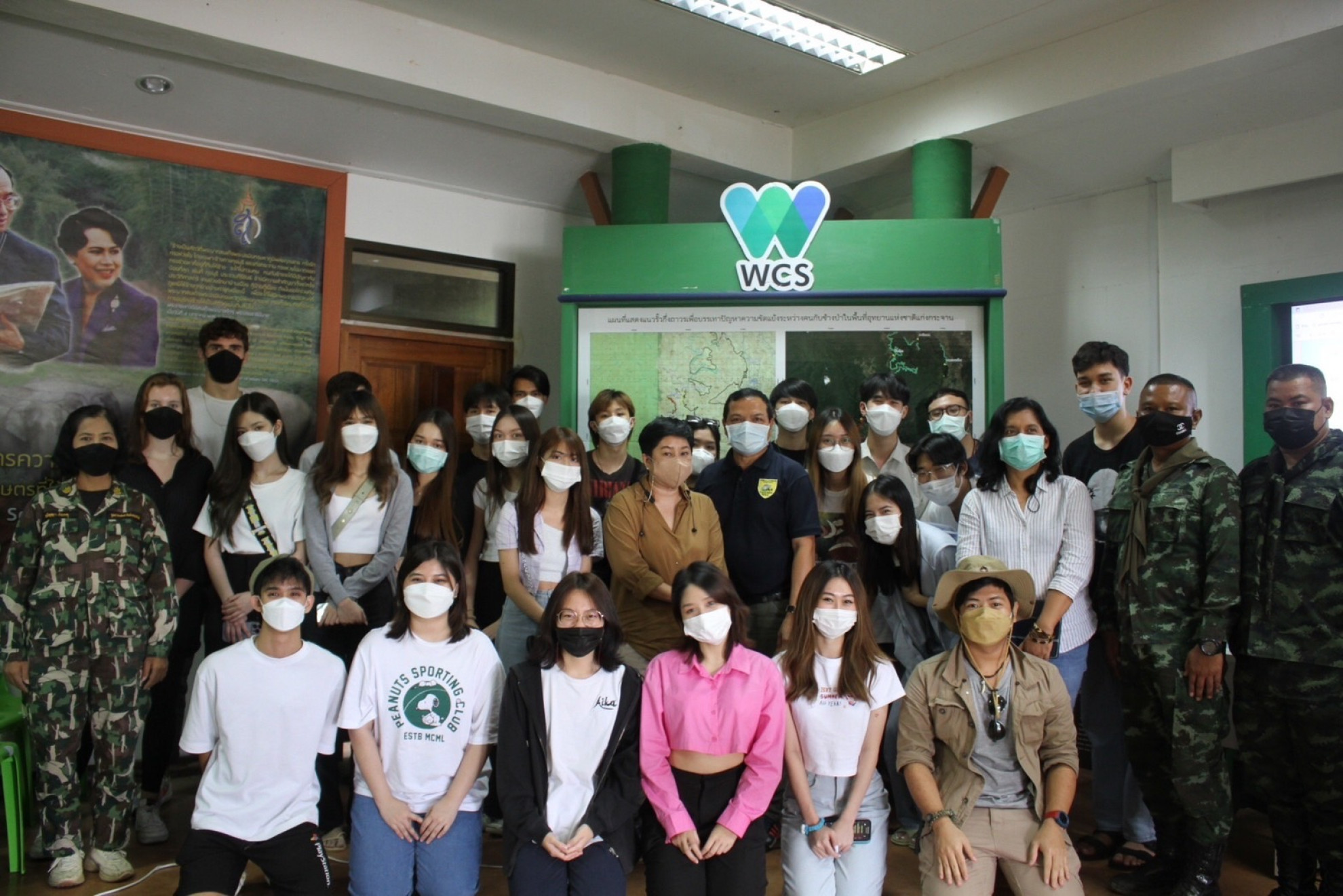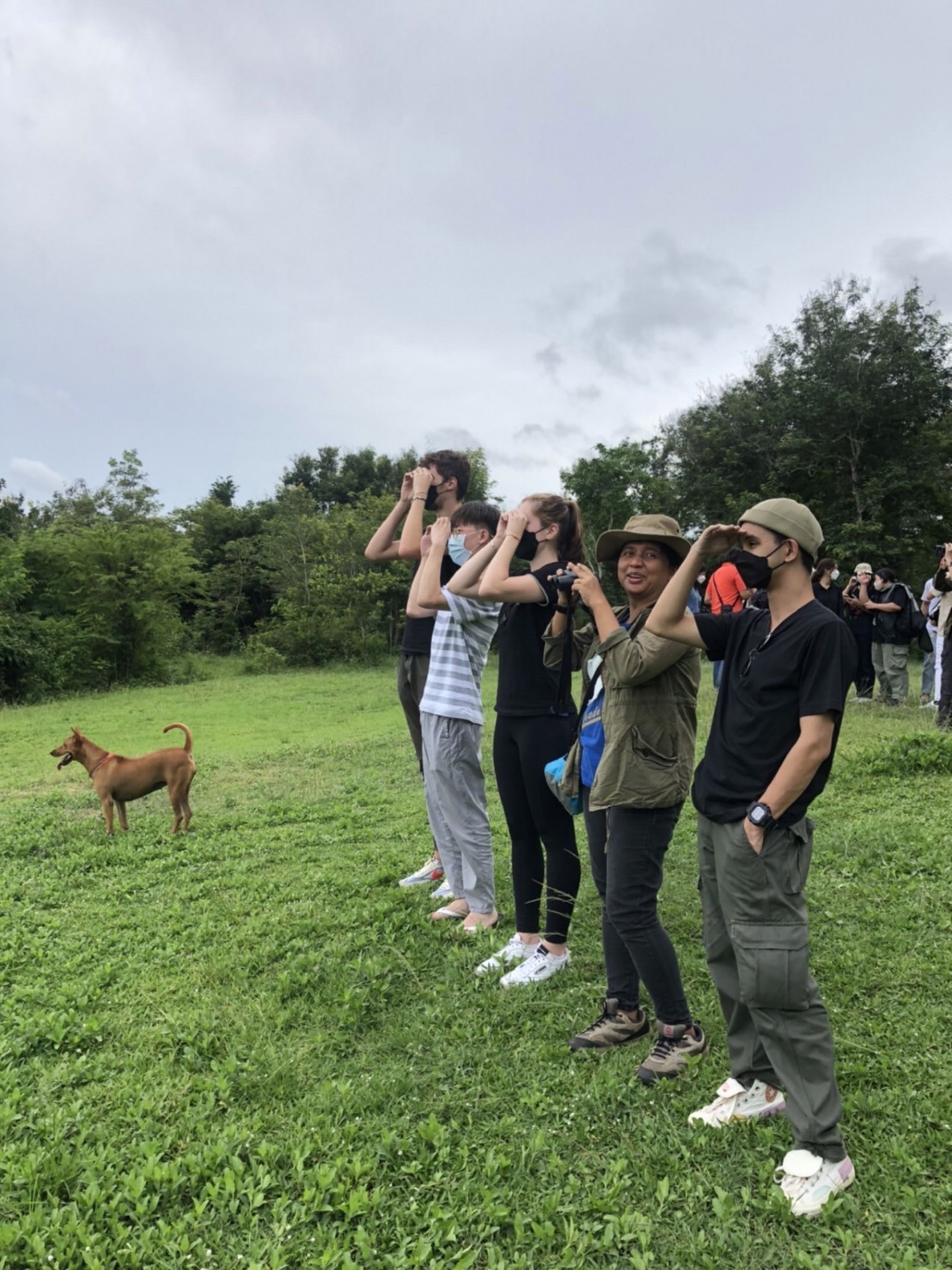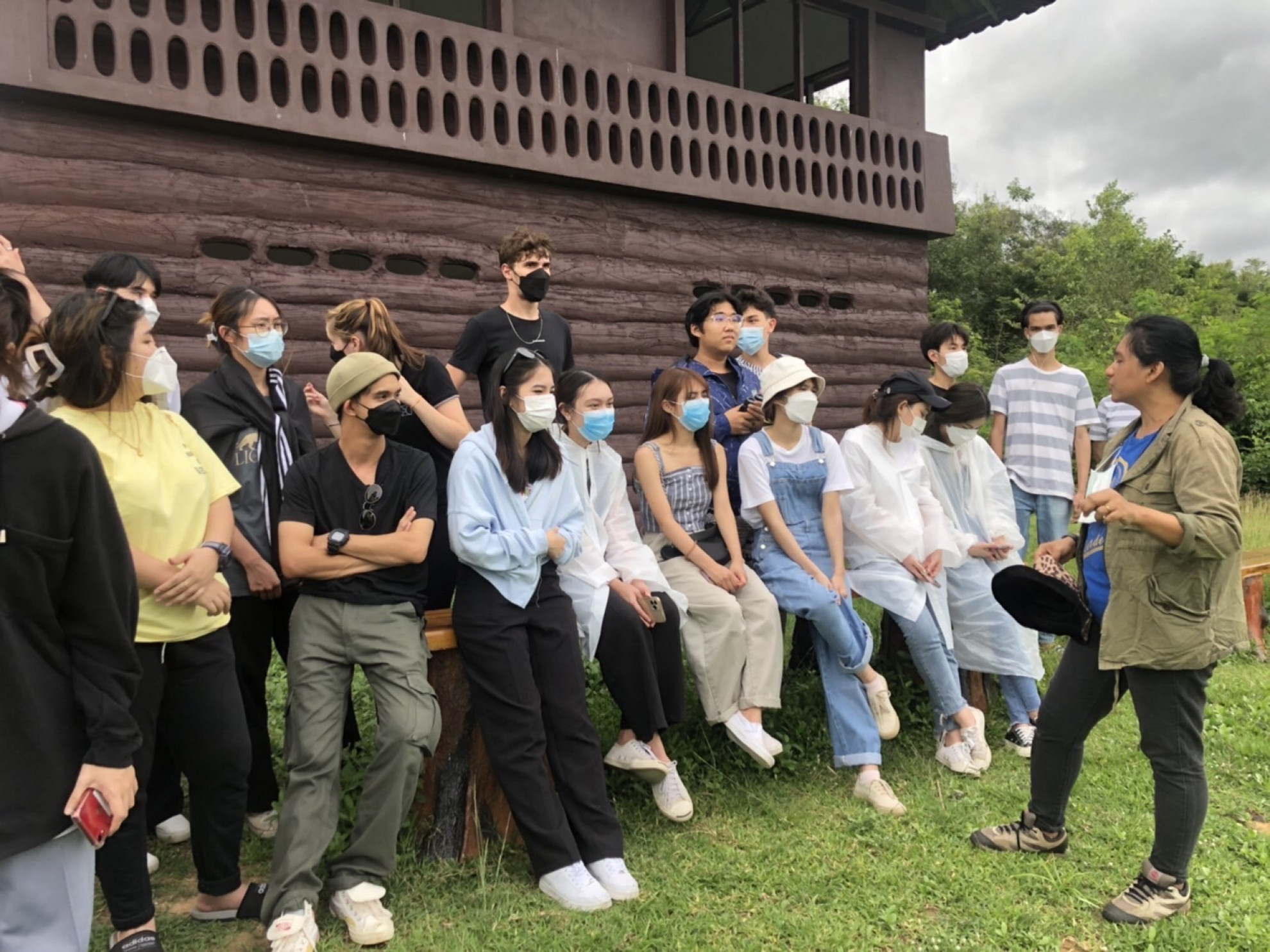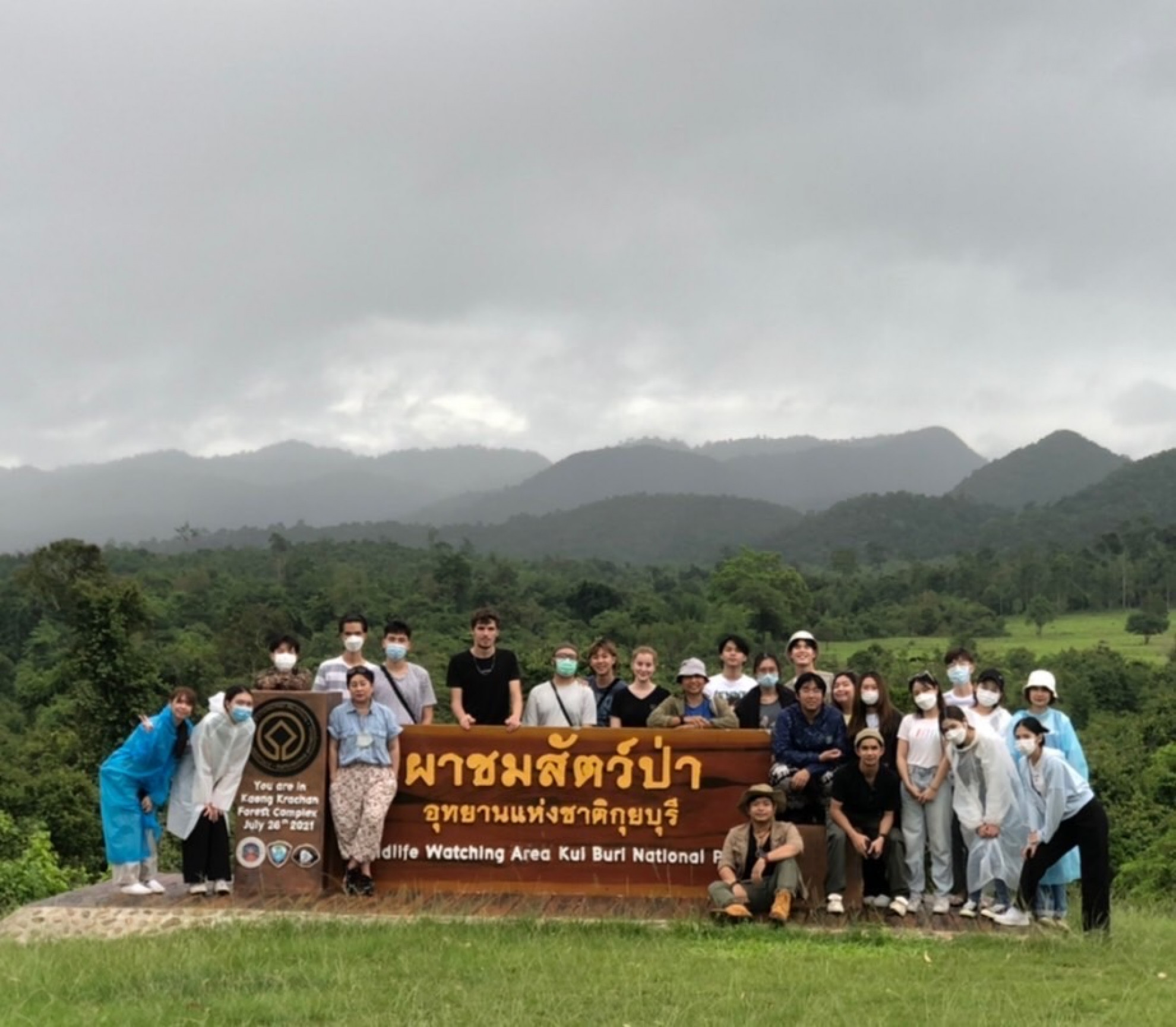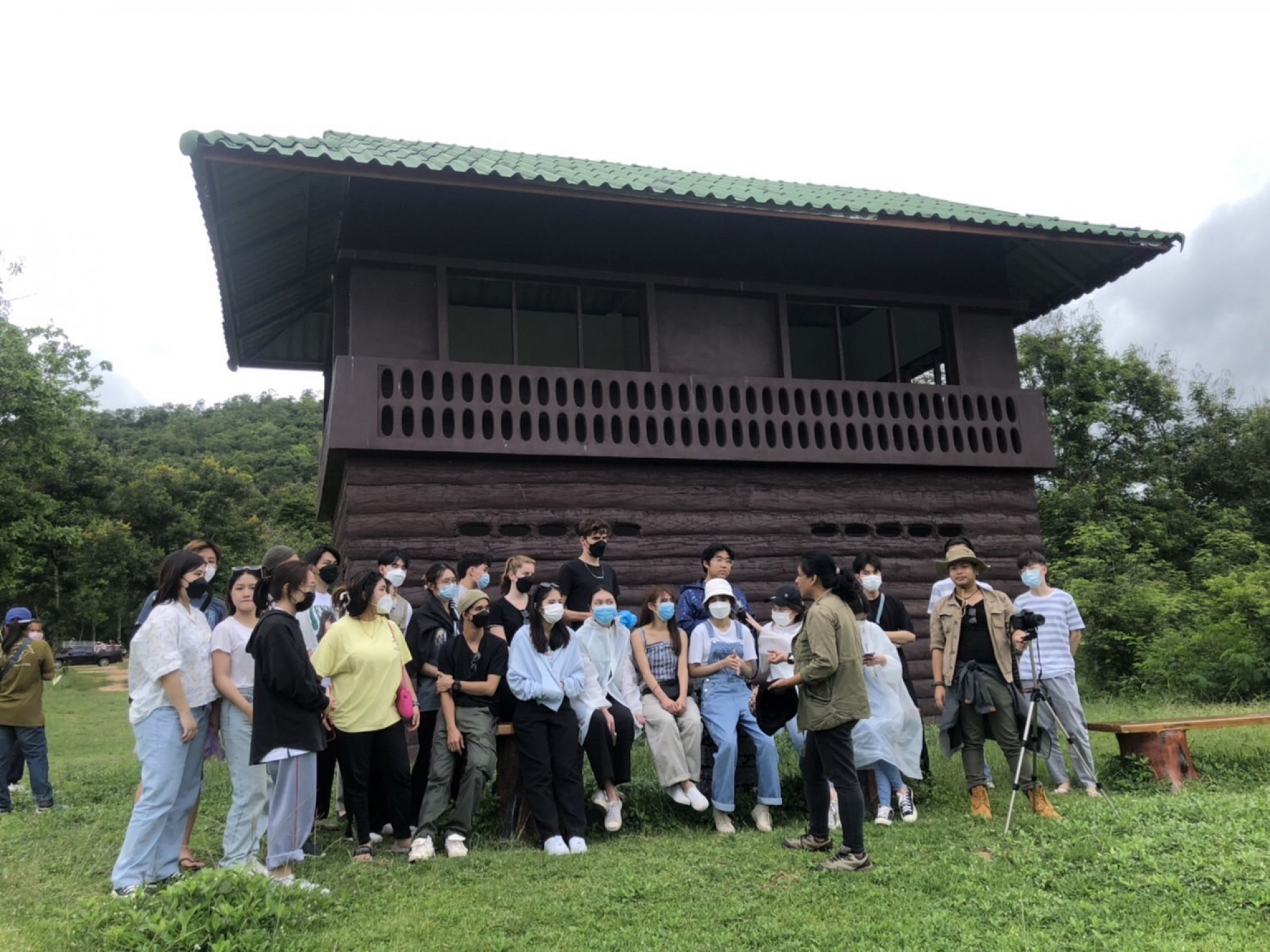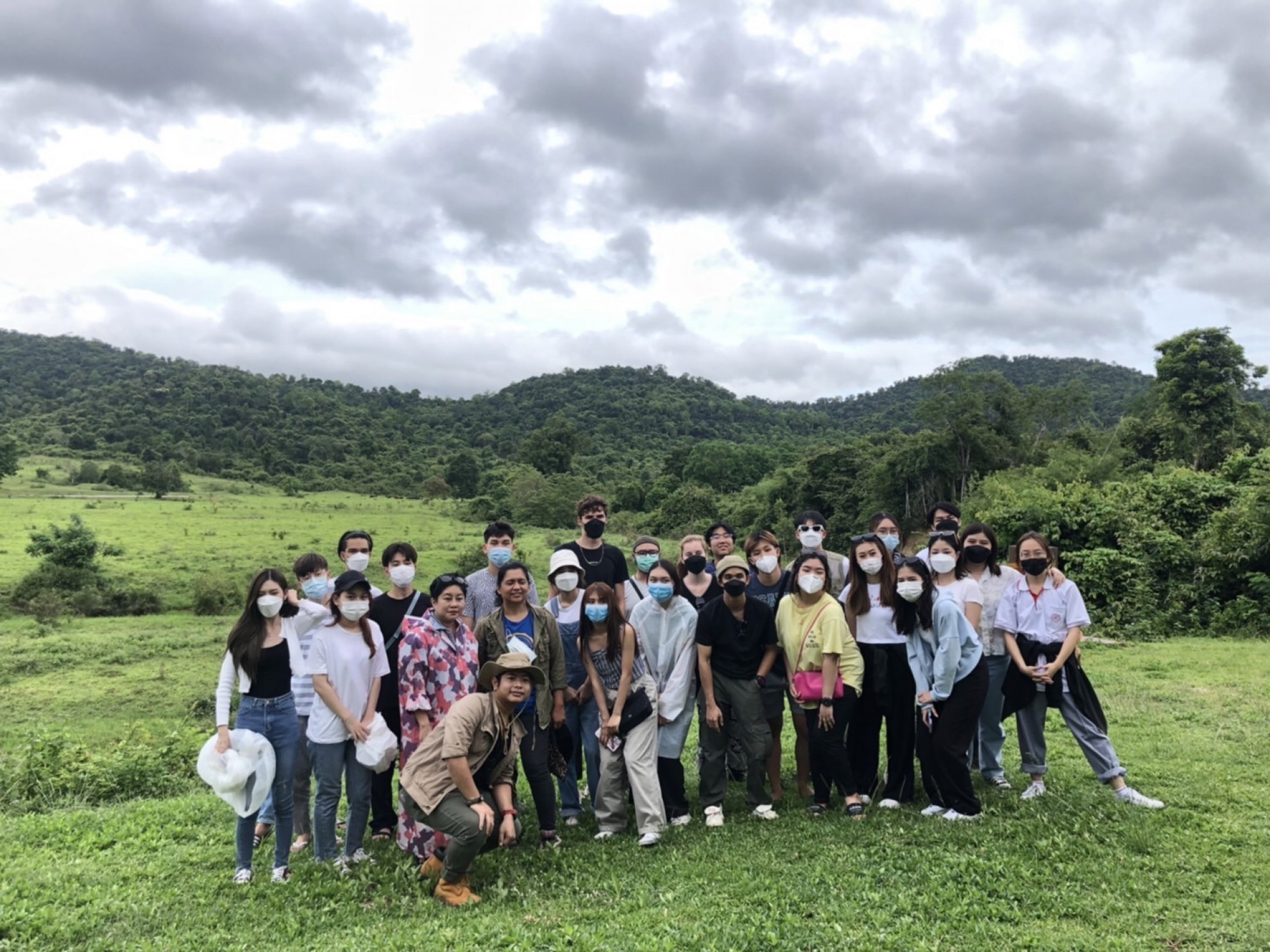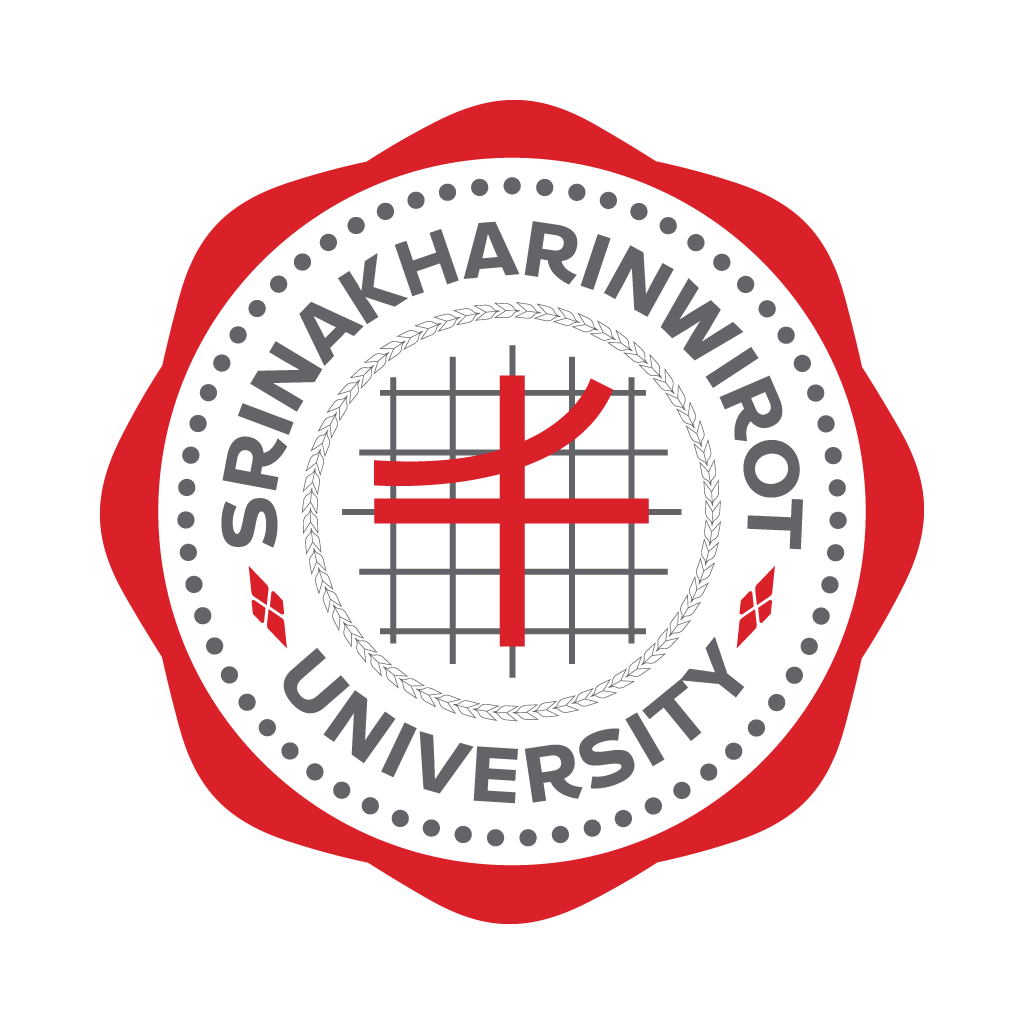





| Target | Indicator | Result |
|---|---|---|

SDG 1
NO POVERTY
|
||
| 1.1 By 2030, eradicate extreme poverty for all people everywhere, currently measured as people living on less than $1.25 a day | 1.1.1 Proportion of population below the international poverty line, by sex, age, employment status and geographical location (urban/rural) | The project help reduce poverty in the local community using the concept of ecotourism. |
| 1.2 By 2030, reduce at least by half the proportion of men, women and children of all ages living in poverty in all its dimensions according to national definitions | 1.2.1 Proportion of population living below the national poverty line, by sex and age | Local community leaders are mostly males and help manage the ecotourism in order to reduce the risk to elephants as well as improving the local economy. |
| 1.3 Implement nationally appropriate social protection systems and measures for all, including floors, and by 2030 achieve substantial coverage of the poor and the vulnerable | 1.3.1 Proportion of population covered by social protection floors/systems, by sex, distinguishing children, unemployed persons, older persons, persons with disabilities, pregnant women, newborns, work-injury victims and the poor and the vulnerable | Ecotourism help reduce the economical lost caused from elephant's crop damage. |
| 1.5 By 2030, build the resilience of the poor and those in vulnerable situations and reduce their exposure and vulnerability to climate-related extreme events and other economic, social and environmental shocks and disasters | 1.5.1 Number of deaths, missing persons and directly affected persons attributed to disasters per 100,000 population | There are many problem in this area caused the death of human. |
| 1.5.2 Direct economic loss attributed to disasters in relation to global gross domestic product (GDP) | The ecotourism help increase the local economy. | |
| 1.5.3 Number of countries that adopt and implement national disaster risk reduction strategies in line with the Sendai Framework for Disaster Risk Reduction 2015-2030 | The problems of this case study come from the conflict of human-elephant conflict which is the global problems. | |
| 1.5.4 Proportion of local governments that adopt and implement local disaster risk reduction strategies in line with national disaster risk reduction strategies | Local government and national policy are the main leader for reducing the conflict level. | |
| 1.a Ensure significant mobilization of resources from a variety of sources, including through enhanced development cooperation, in order to provide adequate and predictable means for developing countries, in particular least developed countries, to implement programmes and policies to end poverty in all its dimensions | 1.a.1 Proportion of domestically generated resources allocated by the government directly to poverty reduction programmes | Local people will help generate the income and managing natural resource. |
| 1.b Create sound policy frameworks at the national, regional and international levels, based on pro-poor and gender-sensitive development strategies, to support accelerated investment in poverty eradication actions | 1.b.1 Proportion of government recurrent and capital spending to sectors that disproportionately benefit women, the poor and vulnerable groups | Local people will help with benefit sharing concept. |

SDG 3
GOOD HEALTH AND WELL-BEING
|
||
| 3.6 By 2020, halve the number of global deaths and injuries from road traffic accidents | 3.6.1 Death rate due to road traffic injuries | Natural resource is can be damage by road kills due to the mis-mangement . |
| 3.8 Achieve universal health coverage, including financial risk protection, access to quality essential health-care services and access to safe, effective, quality and affordable essential medicines and vaccines for all | 3.8.1 Coverage of essential health services (defined as the average coverage of essential services based on tracer interventions that include reproductive, maternal, newborn and child health, infectious diseases, non-communicable diseases and service capacity and access, among the general and the most disadvantaged population) | The project of ecotourism management can help reduce the unmanagable of resource and help balance of the local benefit. |

SDG 11
SUSTAINABLE CITIES AND COMMUNITIES
|
||
| 11.3 By 2030, enhance inclusive and sustainable urbanization and capacity for participatory, integrated and sustainable human settlement planning and management in all countries | 11.3.1 Ratio of land consumption rate to population growth rate | High population growth can create the problem of conflict. |
| 11.4 Strengthen efforts to protect and safeguard the world's cultural and natural heritage | 11.4.1 Total expenditure (public and private) per capita spent on the preservation, protection and conservation of all cultural and natural heritage, by type of heritage (cultural, natural, mixed and World Heritage Centre designation), level of government (national, regional and local/municipal), type of expenditure (operating expenditure/investment) and type of private funding (donations in kind, private non-profit sector and sponsorship) | Cultural and natural resource can help manage the global issues. |

SDG 13
CLIMATE ACTION
|
||
| 13.2 Integrate climate change measures into national policies, strategies and planning | 13.2.1 Number of countries that have communicated the establishment or operationalization of an integrated policy/strategy/plan which increases their ability to adapt to the adverse impacts of climate change, and foster climate resilience and low greenhouse gas emissions development in a manner that does not threaten food production (including a national adaptation plan, nationally determined contribution, national communication, biennial update report or other) | Natural resources is h=part of the main factors to reduce the climate change actions. |

SDG 15
LIFE ON LAND
|
||
| 15.1 By 2020, ensure the conservation, restoration and sustainable use of terrestrial and inland freshwater ecosystems and their services, in particular forests, wetlands, mountains and drylands, in line with obligations under international agreements | 15.1.1 Forest area as a proportion of total land area | The problem of this areas contains the problem of maintaining life on land. |
| 15.1.2 Proportion of important sites for terrestrial and freshwater biodiversity that are covered by protected areas, by ecosystem type | Terrestial wildlife species in the protected areas can create the problems to human and are the main target for managing it. | |
| 15.2 By 2020, promote the implementation of sustainable management of all types of forests, halt deforestation, restore degraded forests and substantially increase afforestation and reforestation globally | 15.2.1 Progress towards sustainable forest management | Solving the problems of human-elephants conflict could be the main solution for sustainable solution. |
| 15.5 Take urgent and significant action to reduce the degradation of natural habitats, halt the loss of biodiversity and, by 2020, protect and prevent the extinction of threatened species | 15.5.1 Red List Index | Asian ELephants or Elephas Maximas are the specie in the Redlist of IUCN. It is in the status of Endangered. |

SDG 17
PARTNERSHIPS FOR THE GOALS
|
||
| 17.6 Enhance North-South, South-South and triangular regional and international cooperation on and access to science, technology and innovation and enhance knowledge-sharing on mutually agreed terms, including through improved coordination among existing mechanisms, in particular at the United Nations level, and through a global technology facilitation mechanism | 17.6.1 Number of science and/or technology cooperation agreements and programmes between countries, by type of cooperation | Using science and technology can help managing the local park boundary. |
| 17.7 Promote the development, transfer, dissemination and diffusion of environmentally sound technologies to developing countries on favourable terms, including on concessional and preferential terms, as mutually agreed | 17.7.1 Total amount of approved funding for developing countries to promote the development, transfer, dissemination and diffusion of environmentally sound technologies | Promoting the mitigation methods and sustainable solution could be the main point for getting conservation funding. |
The concept of "ecotourism" provides destinations (whether they are small resorts or entire countries) with the opportunity to attract tourist revenue while maintaining the long term economic and environmental viability of the region. This course will provide tourism planners-on both a national and a community level-with recommended tools and strategies to develop and implement plans for effectively attracting and accommodating the "ecotourist," while conserving the areas natural resources and benefiting the local people. The course will also help participants understand the unique structure of the ecotourism industry and how all players in the ecotourism field must work within the principles of responsible ecotourism. Field site was provided for students to learn the practical application
The impacts of this course and the fieldsite helped increase the understanding of passion and directional conservation. Students were provided the real practice and learned from the site about how to conduct the ecotourism and how it helps reduce poverty and maintain life on land. It has been proved that students have gained the better understanding and conservation awareness.
